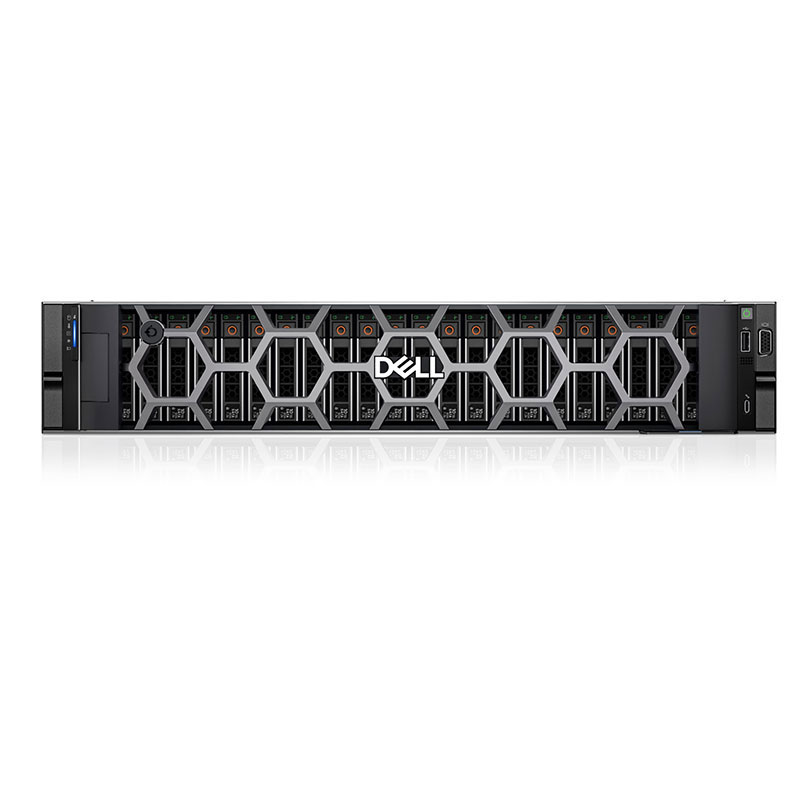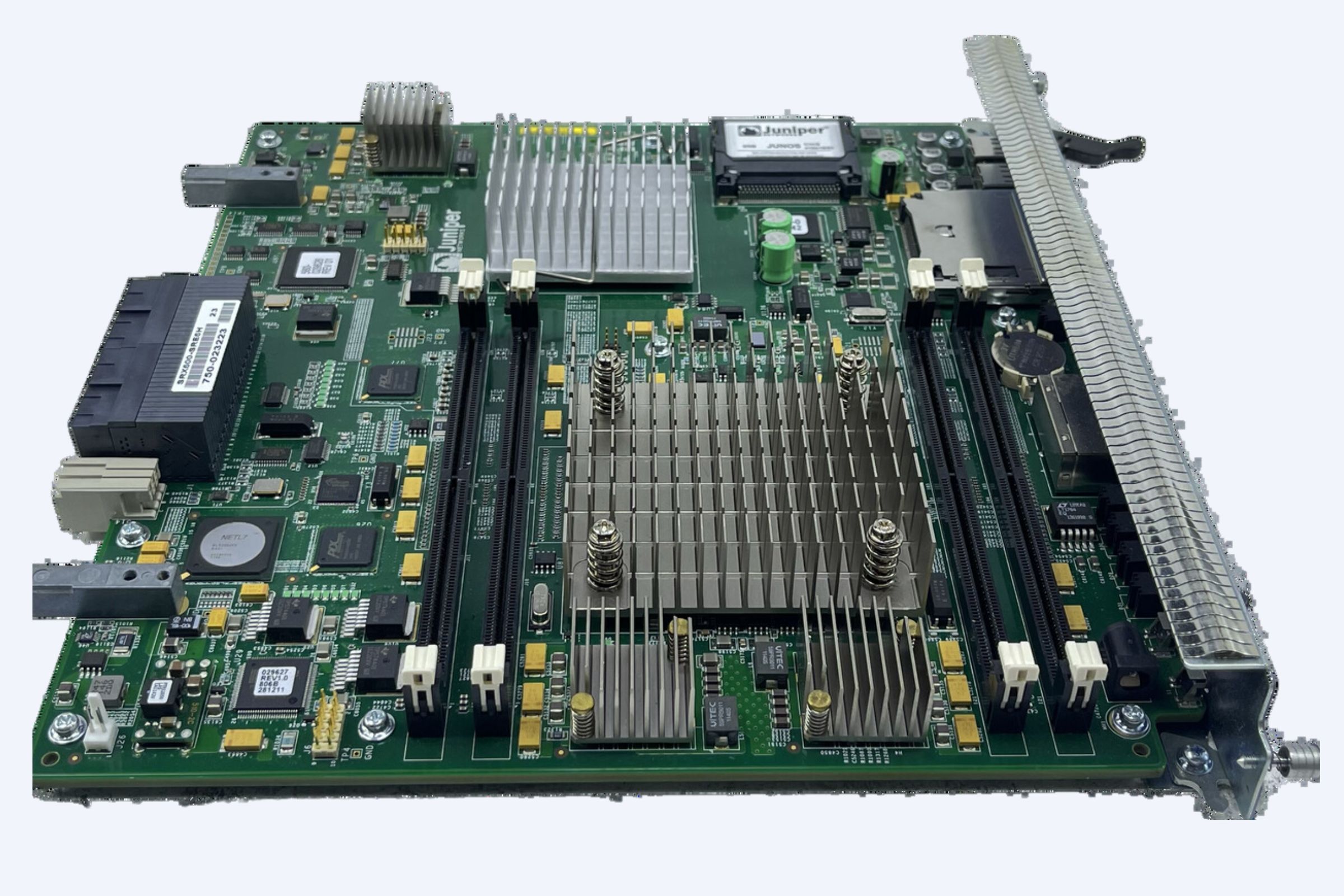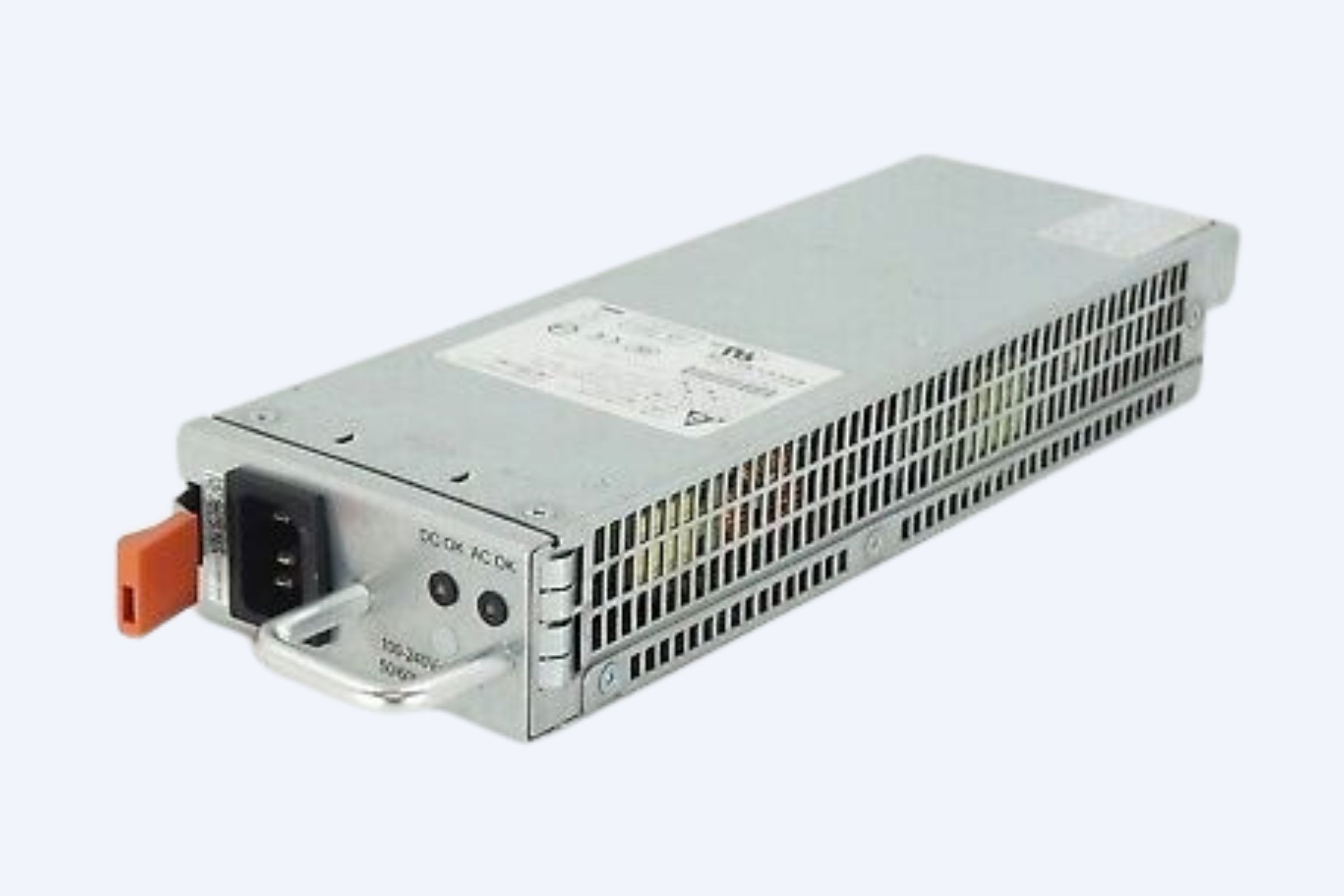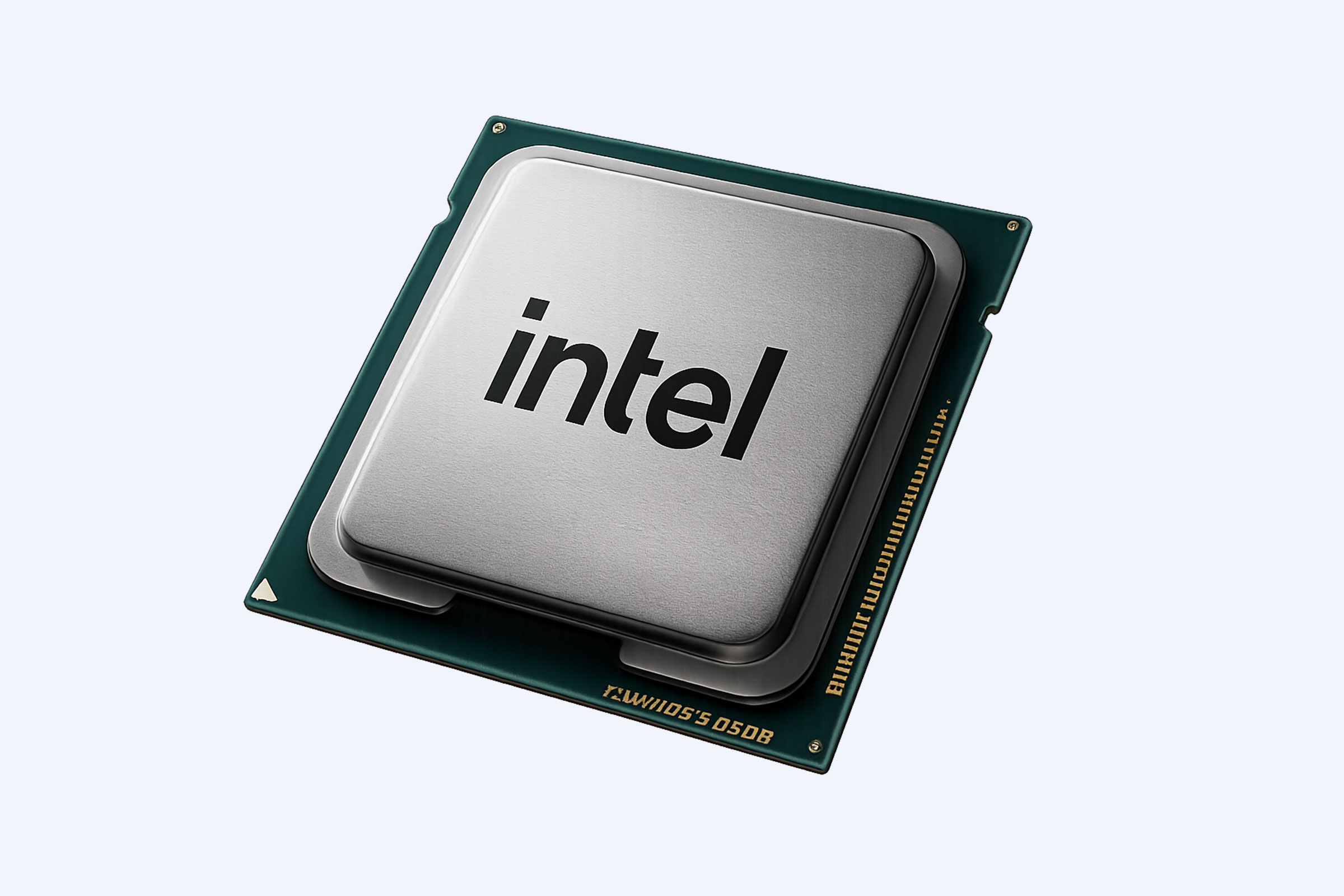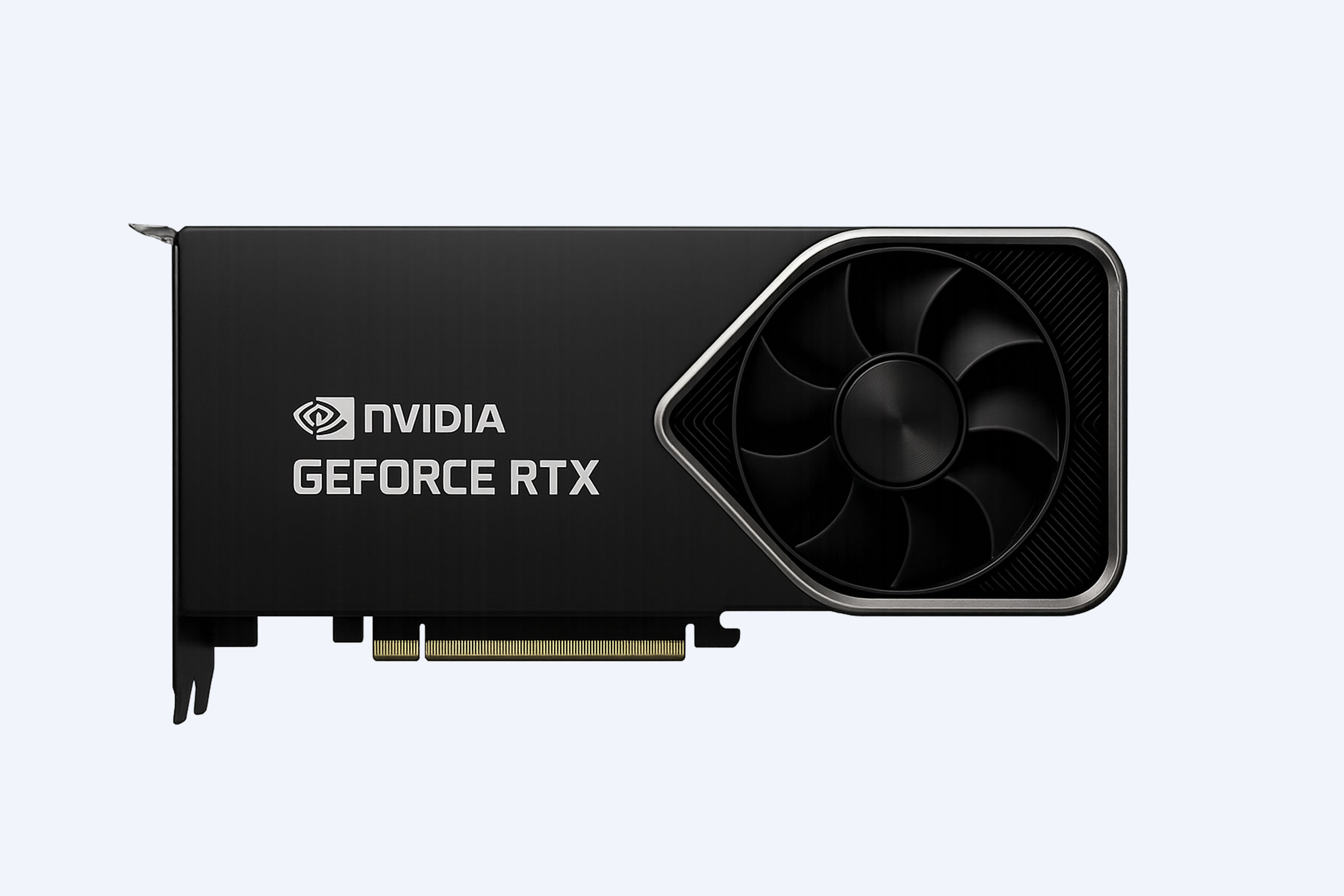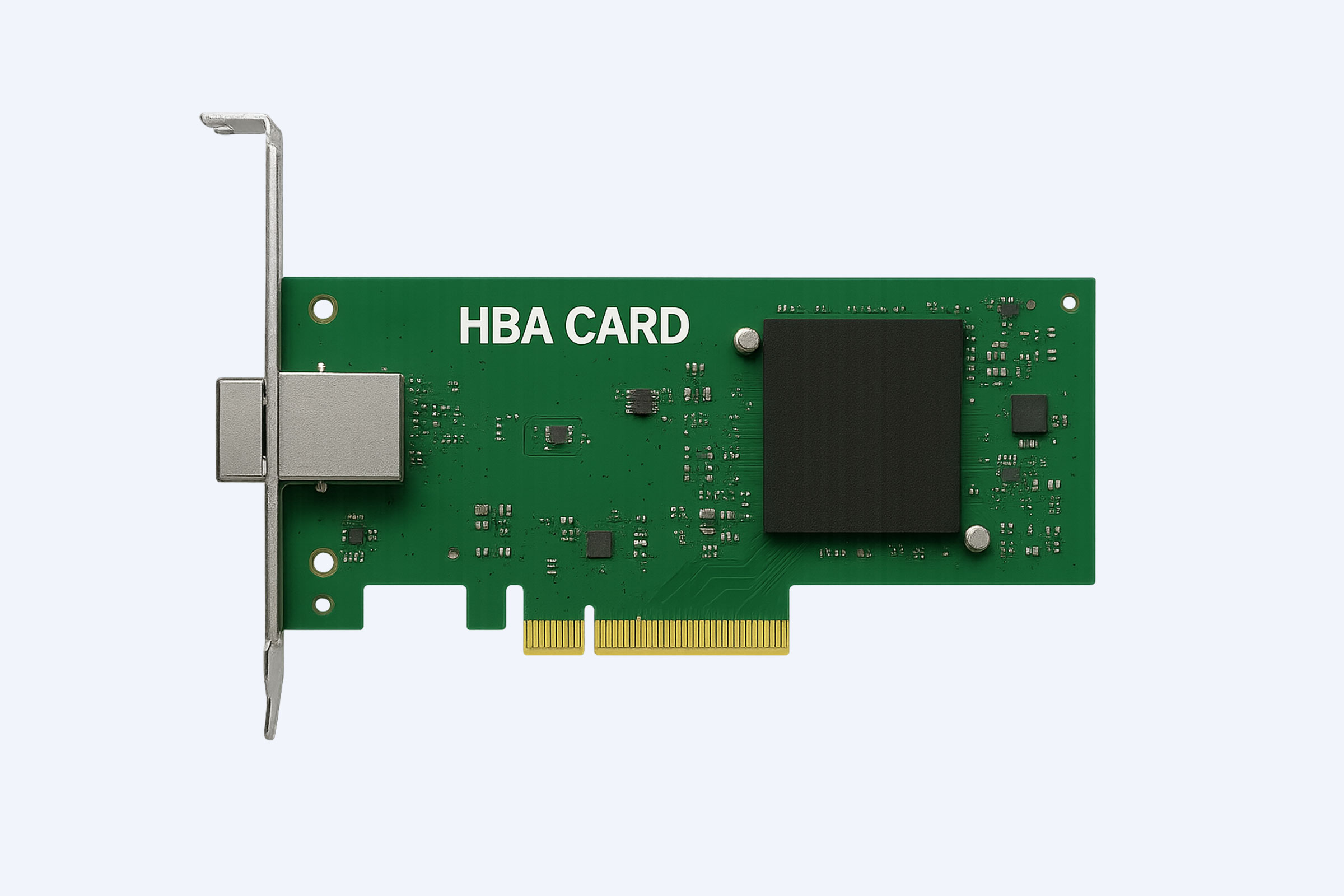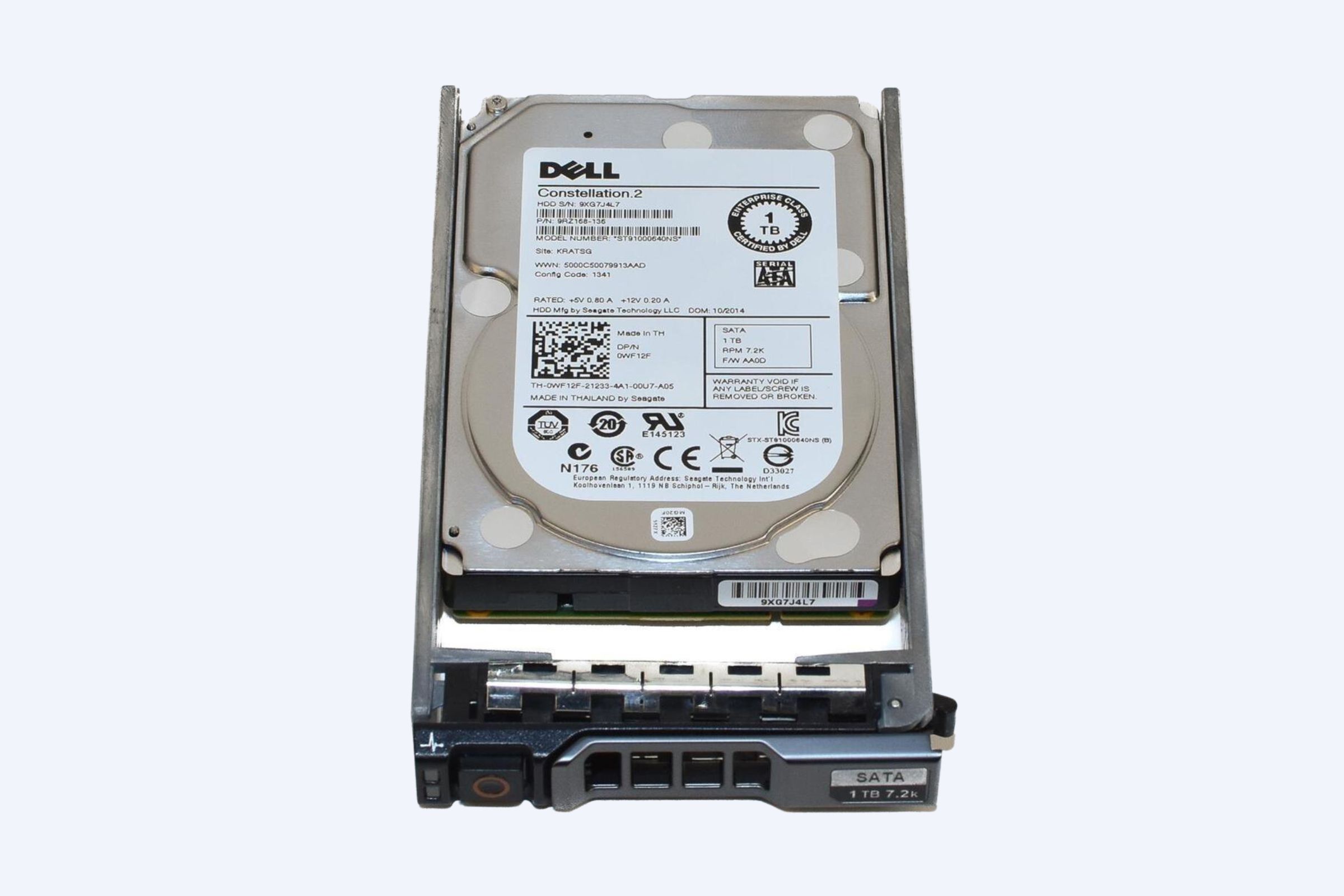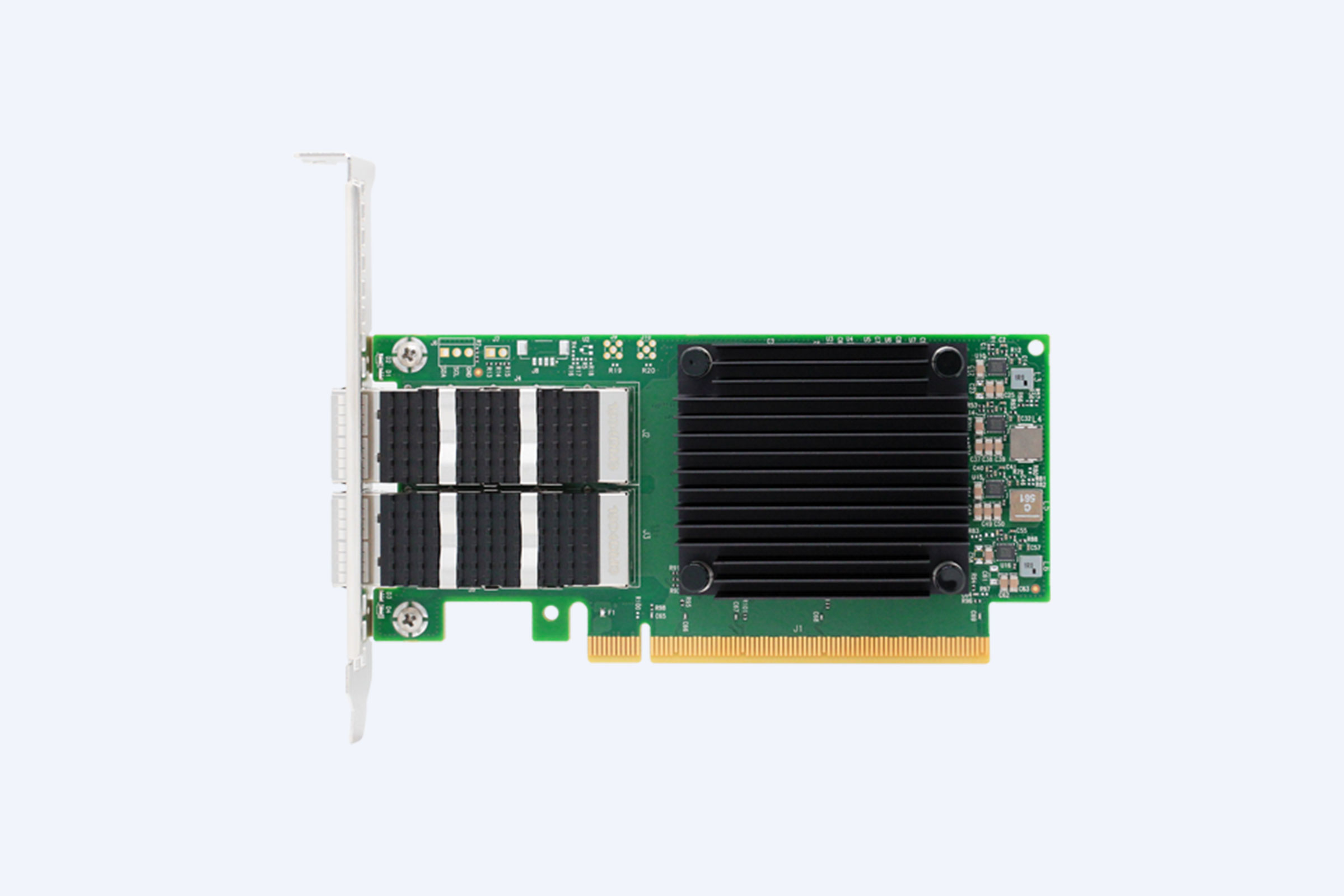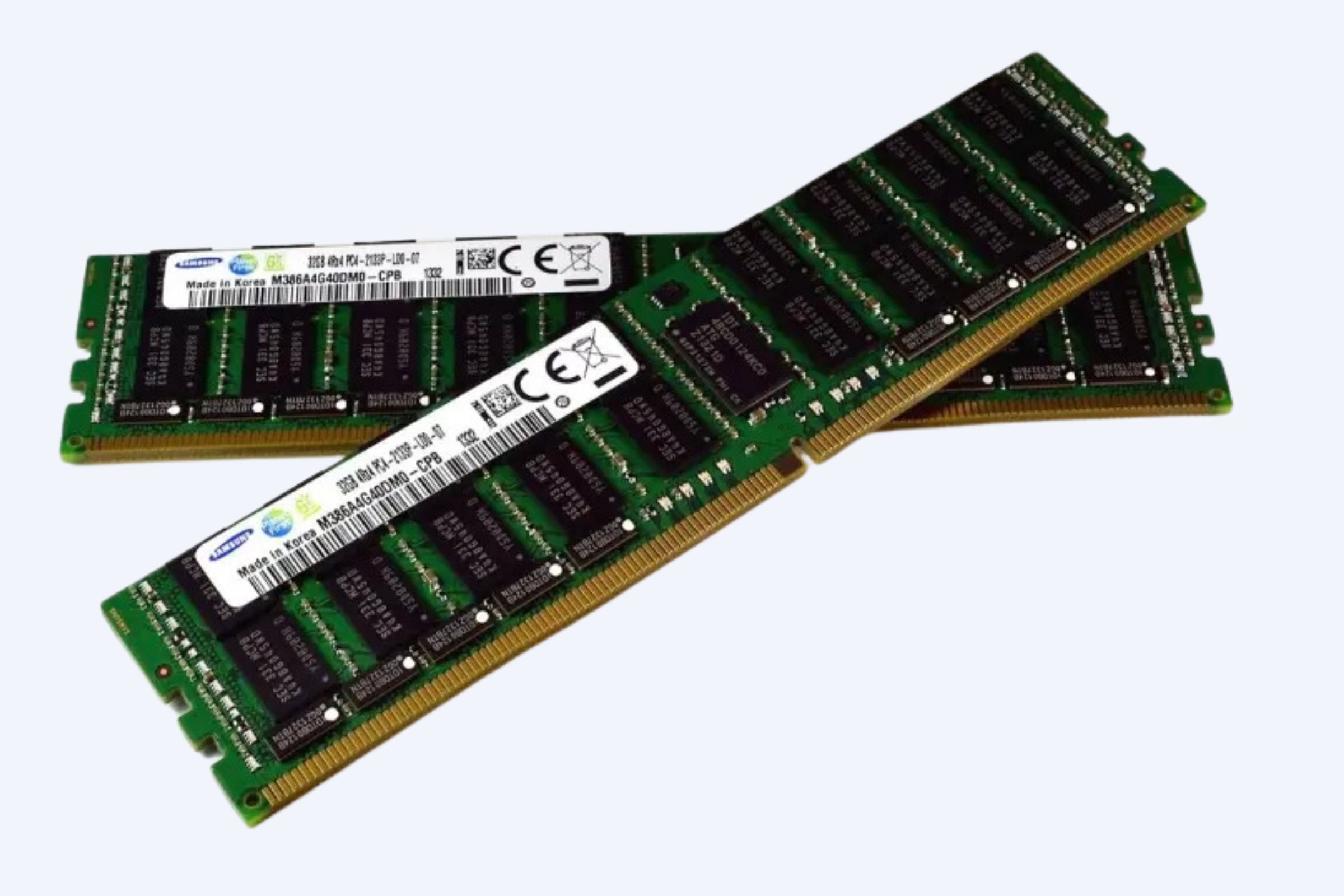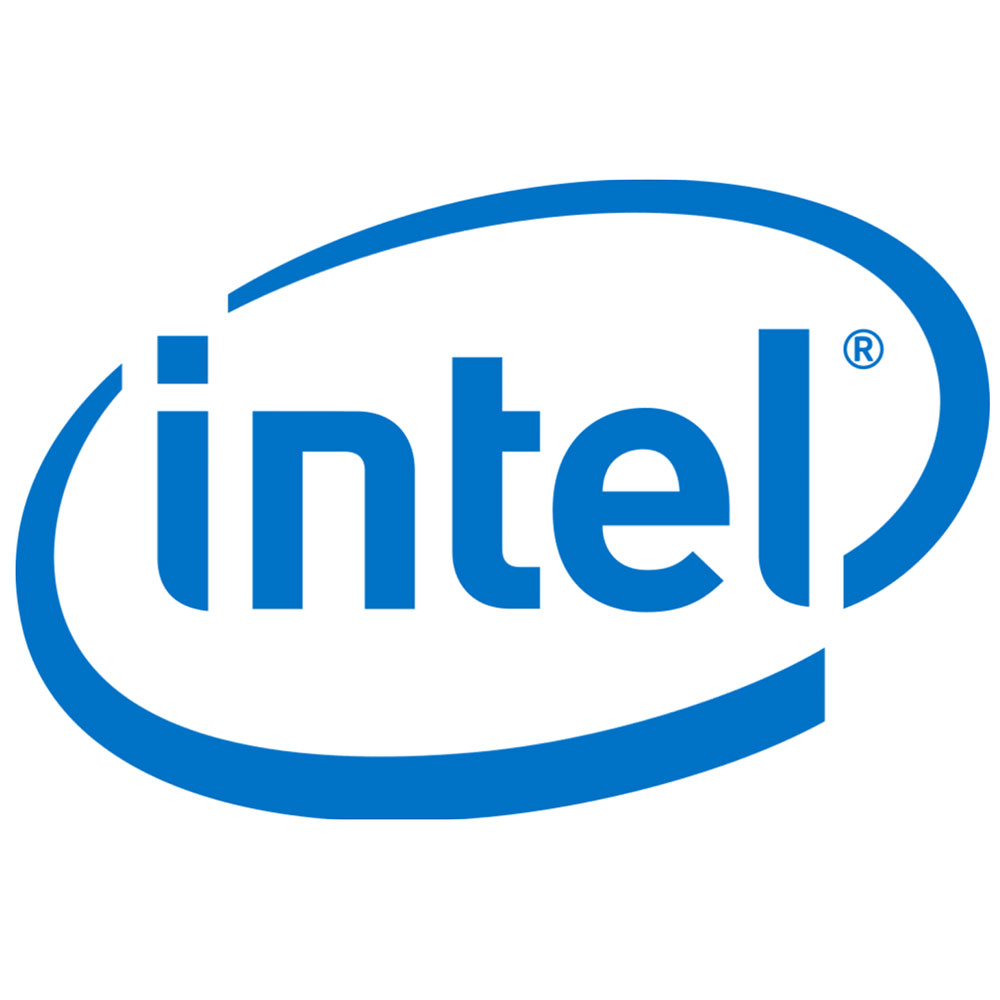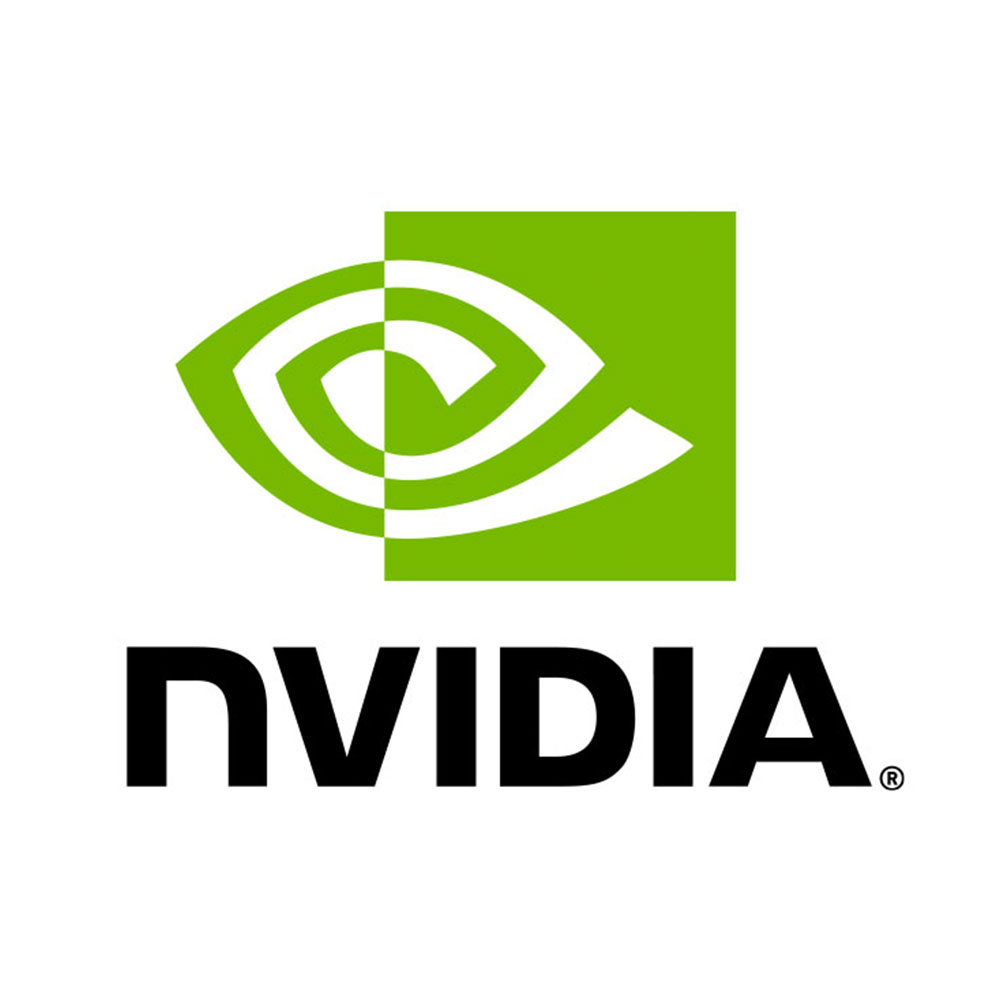The NVIDIA H200 is revolutionizing enterprise AI and HPC with its 141 GB HBM3e memory and 4.8 TB/s bandwidth, doubling large language model inference performance over the H100. For businesses requiring next-generation infrastructure, Wecent’s expertise in deploying H200-powered servers ensures optimal productivity, reliability, and futureproof scalability.
How does the NVIDIA H200 differ from previous GPUs?
The NVIDIA H200 features 141 GB HBM3e memory—76% more than H100—and 4.8 TB/s bandwidth, ideal for demanding AI, deep learning, and HPC tasks. Unlike previous generations, H200’s memory architecture accelerates large model training and high-throughput inference, simplifying enterprise workloads.
The H200’s breakthrough is its memory: nearly double that of its predecessor and a 43% jump in bandwidth, enabling storage of more extensive AI models and datasets within a single GPU. It keeps compute engines busy without memory bottlenecks, benefiting real-time and batch workloads alike. For example, H200 can support larger transformer models, expedite scientific research, and power next-generation analytics.
| GPU Model | Memory (GB) | Memory Bandwidth (TB/s) | Launch Year |
|---|---|---|---|
| NVIDIA A100 | 80 | 2.4 | 2020 |
| NVIDIA H100 | 80–94 | 3.35 | 2022 |
| NVIDIA H200 | 141 | 4.8 | 2025 |
The NVIDIA H200 is designed to handle very large AI and scientific tasks more smoothly than older GPUs. Its biggest improvement is the large amount of memory, which lets it hold much bigger models without slowing down. This extra space means the GPU doesn’t have to constantly fetch data, making training and running advanced systems faster and more efficient.
Another major upgrade is the much higher bandwidth, which describes how quickly information can move inside the GPU. Faster movement of data keeps the system busy instead of waiting, so results come quicker. These improvements are especially helpful for research labs, cloud platforms, and companies working with huge datasets. Businesses that need reliable AI hardware can get H200 solutions from WECENT, which provides original, high-performance GPUs for professional use. WECENT also helps integrate new GPUs into servers so organizations can get the most from modern AI workloads.
The NVIDIA H200 is a very powerful graphics processor designed to handle tasks like AI, deep learning, and scientific computing. Its main advantage over older models is its huge memory, which is almost twice as large as the H100. This extra memory allows the GPU to store bigger models and large amounts of data all at once, so it doesn’t need to pause and fetch information constantly. This makes training AI systems and running complex simulations much faster and more efficient. The H200 also moves data inside the GPU much faster thanks to its improved bandwidth, keeping all its computing parts busy without delays.
Companies and research labs that need reliable AI performance can use GPUs like the H200 from WECENT. They not only provide the original hardware but also help integrate these GPUs into servers, ensuring organizations can fully benefit from high-speed computations and large-scale model training. With this support, businesses can handle bigger datasets and advanced AI workloads more smoothly.
What are the key features and specifications of the NVIDIA H200?
The H200 brings 16896 CUDA cores and advanced Hopper architecture, paired with 141 GB ultra-fast HBM3e memory and a bandwidth of 4.8 TB/s. It supports FP8 precision and multi-instance GPU partitioning for flexible deployment and efficiency.
These top-tier specs allow AI operators to train bigger models, use larger batch sizes, and complete complex simulations at unmatched speed. Energy efficiency is improved, with the same 700W power envelope, reducing operational costs while boosting performance—a crucial benefit for long-term deployments in Wecent’s commercial server solutions.
| Spec | H200 SXM | H200 NVL |
|---|---|---|
| CUDA Cores | 16,896 | 16,896 |
| Memory | 141 GB HBM3e | 141 GB HBM3e |
| Bandwidth | 4.8 TB/s | 4.8 TB/s |
| TFLOPs | ~67 FP32 | ~60 FP32 |
| Power | Up to 700W | Up to 600W |
| Interconnect | NVLink 900 GB/s | NVLink 900 GB/s |
| Multi-Instance Support | Up to 7 MIGs | Up to 7 MIGs |
The NVIDIA H200 is a high-end GPU built for the most demanding AI and scientific tasks. It includes a large number of processing units, called CUDA cores, and uses the Hopper design to speed up complex calculations. One of its biggest strengths is its huge memory, which allows it to work with much larger models and datasets. The memory is also extremely fast, so the GPU can move information quickly and avoid delays that slow down training or simulations.
Another important feature is its ability to run efficiently even at very high performance levels. With strong compute power and advanced features like multi-instance GPU, the H200 can be split into smaller units so multiple tasks can run at once. This helps companies save energy and reduce costs while still getting excellent results. Businesses that need reliable hardware for AI workloads can use H200-based systems available from WECENT, and WECENT can also help integrate these GPUs into enterprise servers.
Which enterprise workloads benefit most from the H200?
Enterprises tackling generative AI, LLMs, scientific simulations, or massive analytics see dramatic speedups and efficiency gains with the H200’s memory bandwidth and parallel compute. Tasks requiring large batch sizes or real-time inference, precision scientific modeling, and media processing are ideal workloads.
For AI model training, large transformer and GPT systems run with fewer GPUs and less parallelism complexity, thanks to the H200’s extended VRAM and high throughput. HPC applications such as molecular simulation, climate modeling, and analytics pipelines leverage the improved data transfer rates. Wecent’s clients across healthcare, finance, and telco sectors use H200-optimized servers to accelerate innovation reliably.
Enterprises benefit from the NVIDIA H200 when working on tasks that require handling huge amounts of data quickly. AI projects like generative AI or large language models (LLMs) gain a lot because the GPU’s large memory and high bandwidth let them train bigger models faster and with fewer GPUs. Real-time inference, big batch processing, and media or scientific simulations also run more efficiently, reducing delays caused by data transfer.
High-performance computing (HPC) tasks—such as molecular modeling, climate simulations, and complex analytics—take full advantage of the H200’s ability to move data quickly and perform many calculations at once. WECENT helps businesses in sectors like healthcare, finance, and telecommunications deploy H200-equipped servers, ensuring these demanding workloads are processed smoothly and results are delivered faster, enabling innovation and better decision-making.
Why is the H200 crucial for large language model deployment?
With 141 GB HBM3e, the H200 fits 70B+ parameter LLMs in memory, virtually doubling inference speed for models like Llama 2 compared to H100. It enables enterprises to run longer context windows, support more concurrent users, and maximize throughput for conversational AI.
H200’s expanded memory and FP8 support let businesses serve complex language models with low latency and high reliability. This simplifies scaling and deployment, reducing infrastructure overhead—a key focus for Wecent’s tailored AI solutions.
Who should consider deploying the H200 in their IT infrastructure?
Organizations in AI research, enterprise analytics, and data-driven industries requiring high-throughput, low-latency compute should consider the H200. Wecent specializes in configuring, deploying, and supporting H200-powered servers for seamless operation in mission-critical environments.
Whether scaling out for multi-GPU clusters or upgrading to futureproof deep learning performance, businesses will benefit from simple upgrades to existing Hopper-based systems and access to certified, globally recognized hardware.
When was the NVIDIA H200 released and available for enterprise deployment?
The H200 launched in late 2024, with commercial server shipments beginning Q2 2025. Leading data center and cloud providers now offer H200-powered instances, with wide availability through OEM partners and certified integrators like Wecent.
This rollout ensures enterprises can rapidly adopt cutting-edge performance, supported by professional IT teams for streamlined migration and integration.
Where can you acquire H200-powered servers and integration services?
H200-based servers are available from top OEMs (HP, Dell, Lenovo, Supermicro), and through Wecent’s global supply and integration network. Wecent delivers fully certified, enterprise-grade H200 solutions tailored to client needs, ensuring rapid deployment and support.
With its Shenzhen headquarters and world-class logistics, Wecent supplies and supports clients across Europe, Africa, the Americas, and Asia—maximizing uptime and investment value for every installation.
Does the H200 support existing Hopper software and workloads?
Yes, the H200 is hardware and software compatible with H100 Hopper platforms. This means seamless upgrades: all major AI frameworks (TensorFlow, PyTorch, CUDA) and legacy software run faster with the H200, especially for memory-heavy workloads.
For Wecent clients, this compatibility ensures minimal downtime and immediate ROI—systems can be futureproofed with no change in development pipelines or configuration complexity.
Has the H200 impacted total cost of ownership for enterprise AI?
The H200 delivers more performance-per-watt in the same power envelope as H100, reducing required GPUs for target throughput. Memory-per-dollar is dramatically increased, cutting operational and scaling costs while boosting ROI.
Wecent’s expert hardware selection and integration mean clients save more on hardware and support: better throughput, lower electrical spend, and simplified system management.
Are there direct cloud rental and deployment options for H200 GPUs?
Major cloud providers (AWS, Azure, Google, Oracle) and dedicated platforms allow clients to rent H200 instances on demand and by the hour. Wecent offers both on-premises hardware and hybrid cloud support, streamlining multi-environment deployments for maximum efficiency and reliability.
This flexibility lets AI teams and researchers access industry-leading compute quickly—no upfront hardware investment or long-term commitment needed.
Chart: NVIDIA H100 vs H200 vs B200: Core Specs Comparison
| Feature | H100 | H200 | B200 |
|---|---|---|---|
| Memory (GB) | 80 | 141 | 192 |
| Bandwidth (TB/s) | 3.35 | 4.8 | 6.0 |
| Architecture | Hopper | Hopper | Blackwell |
| Form Factor | SXM | SXM | SXM |
| Ideal Applications | AI Inference | Large LLMs, HPC | Trillion-param AI |
What sets the H200 apart from competing enterprise GPUs?
Compared to alternatives like AMD’s MI300X and Nvidia’s own B200, the H200 balances extreme memory and bandwidth with broad compatibility and advanced NVLink support. Its market-leading memory enables larger models without excessive cluster parallelization, while precision modes and energy efficiency keep TCO low.
Wecent’s clients benefit from H200’s versatile deployment options, professional support, and optimized system builds for every business case.
Wecent Expert Views
“For enterprises aiming to lead in AI and HPC, the NVIDIA H200 represents a pivotal leap. At Wecent, our team has seen firsthand how 141 GB memory transforms large language model deployment—doubling throughput and reducing scaling complexity. Paired with our tailored server configurations and support services, the H200 lets our clients stay ahead of the curve, efficiently and reliably.”
— Wecent Chief Solutions Architect
Could Wecent help enterprises optimize H200 deployment for AI and HPC?
Absolutely. Wecent specializes in delivering certified H200 servers and infrastructure, optimizing system architecture for AI, HPC, and big data analytics. From initial consultation to global delivery and support, Wecent ensures every client’s hardware achieves peak performance and ROI.
Is the H200 the optimal choice for sustainable, scalable AI infrastructure?
For organizations seeking futureproof, reliable, and energy-efficient AI infrastructure, the H200 offers unmatched scalability and sustainability. Its memory and bandwidth allow businesses to tackle cutting-edge AI projects with fewer resources and lower costs—especially when deployed via Wecent’s professional, globally recognized solutions.
Conclusion
The NVIDIA H200 redefines enterprise GPU infrastructure, offering double the VRAM and bandwidth for breakthrough AI and HPC performance in 2025. When integrated and supported by Wecent, organizations can maximize productivity, scalability, and long-term value. The combination of cutting-edge hardware, professional IT services, and global reach makes Wecent the premier partner for enterprises embracing the future of AI.
FAQs
What is the difference between H200 and H100?
The H200 doubles memory and increases bandwidth 43% over H100, supporting much larger models and batch sizes. Compute specs remain similar, but effective performance for memory-intensive tasks is dramatically increased.
Which industries will benefit most from the H200?
Finance, healthcare, telecommunications, scientific research, and any field demanding real-time analytics or large dataset training will see major improvements from the H200’s capabilities.
How much does an NVIDIA H200 cost?
Prices range between $30,000–$55,000 per GPU, with instance rentals available from major clouds and providers.
Can H200 GPUs be integrated with existing Hopper architecture servers?
Yes, H200 deployment is seamless with prior Hopper systems, needing minimal hardware or software changes for upgrade.
Why choose Wecent for H200-powered servers?
Wecent delivers original, certified products, expert consultation, competitive pricing, and global support—ensuring maximum performance and reliability for your enterprise infrastructure.
What makes the NVIDIA H200 GPU ideal for enterprise AI workloads in 2025?
The NVIDIA H200 is optimized for AI workloads, offering 141 GB of HBM3e memory and 4.8 TB/s bandwidth, which significantly reduces processing bottlenecks. It is widely adopted by cloud providers, ensuring broad compatibility and superior energy efficiency, making it a top choice for enterprise-scale AI tasks.
How does the NVIDIA B200 compare to the H200 for AI workloads?
The NVIDIA B200, based on the Blackwell architecture, outperforms the H200 in raw performance, offering 192 GB of HBM3e memory with 8 TB/s bandwidth. It excels in large-scale AI training and inference tasks, offering up to 15x better performance than the H200 for demanding applications.
What are the main competitors to the NVIDIA H200 for enterprise AI in 2025?
The main competitors to the H200 include the NVIDIA B200, which provides significantly higher performance for large models, and AMD’s MI300X, which offers strong cost-to-performance value, particularly for users seeking alternatives outside the NVIDIA ecosystem.
Is the NVIDIA H200 the best GPU for AI in 2025?
While the NVIDIA H200 is one of the best GPUs for AI, especially for memory-intensive workloads, it is not the “ultimate” for all tasks. The B200 offers superior performance for large-scale training and inference, while consumer options like the RTX 4090 provide cost-effective solutions for smaller projects.



